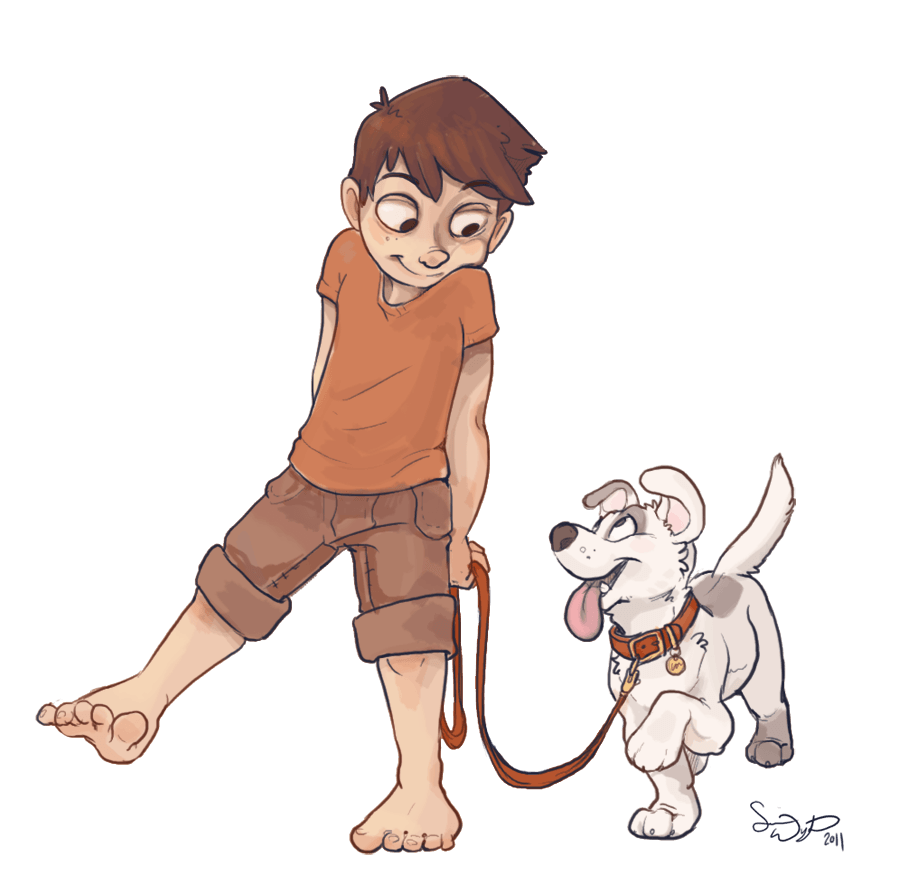To continue on from our blog post last week, we’ll be discussing safety planning for interactions between kids and dogs. If you missed last week’s post on kids and dogs living together in harmony, you can find it here.
Today, we’ll be focusing on interactions with strange dogs. If you have a child that loves dogs, you know that if left to their own devices, they will run up and hug every dog they came across. Of course, this is a giant NO-NO! Some things to teach kids about dogs:
1 – Always ask - And this doesn’t just mean asking the owner. It means asking a trusted adult (mom or dad), asking the owner and then asking the dog. That’s right, they should get consent from all three, the dog’s okay being the most important one. In addition, if the children are under 10 years old, mom or dad should say hello to the dog first to get an appropriate feel for the dog’s demeanour and comfort level with strangers. Asking the dog means offering a hand low and close to your body first and watching the dogs reaction. Do not thrust your hand at the dog, rather let the dog have the opportunity to reach in to sniff or avoid interaction. Look for loose body language and relaxed facial expression – any stiffness in body language is the dog very clearly NOT giving permission. Teach your child to look for these specifics.
2 – How to greet – A wiggly dog can change quickly to a biting dog if they become overwhelmed by a situation or interaction. Kids should greet calmly. First by approaching calmly, then by offering a hand under the plane of the dog’s nose. If all signs suggest a greeting is fine, the child should not pet by going over the dog’s head. This can be intimidating to some dogs. Greetings should first take place by touching under the chin while avoiding direct eye contact. There is NEVER a need to progress to hugging or kissing a strange dog..
3 - Be a tree – Kids should know how to approach a dog and how to be approached by a dog. In the event of a dog approaching a child, especially a loose dog, kids should avoid interaction. They should be taught to be a tree – standing tall, hands at their sides and looking towards the sky will hopefully cause little or no threat to the loose dog and they will likely move on after sniffing. Even if the dog seems friendly, kids should be taught this safety measure. You just never know and it’s best to err on the side of caution!
4 – Never approach a dog who is tied – This is definite, whether supervised or not, a tied dog should be left alone, period!
Some time spent teaching kids to abide by these 4 simple rules will help to ensure their safe and healthy interactions with other’s dogs.
Happy training!!!

